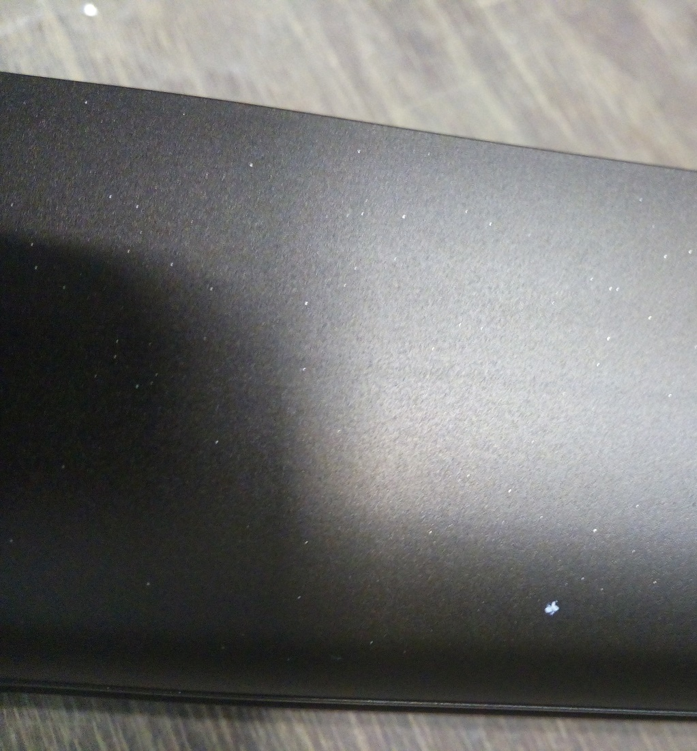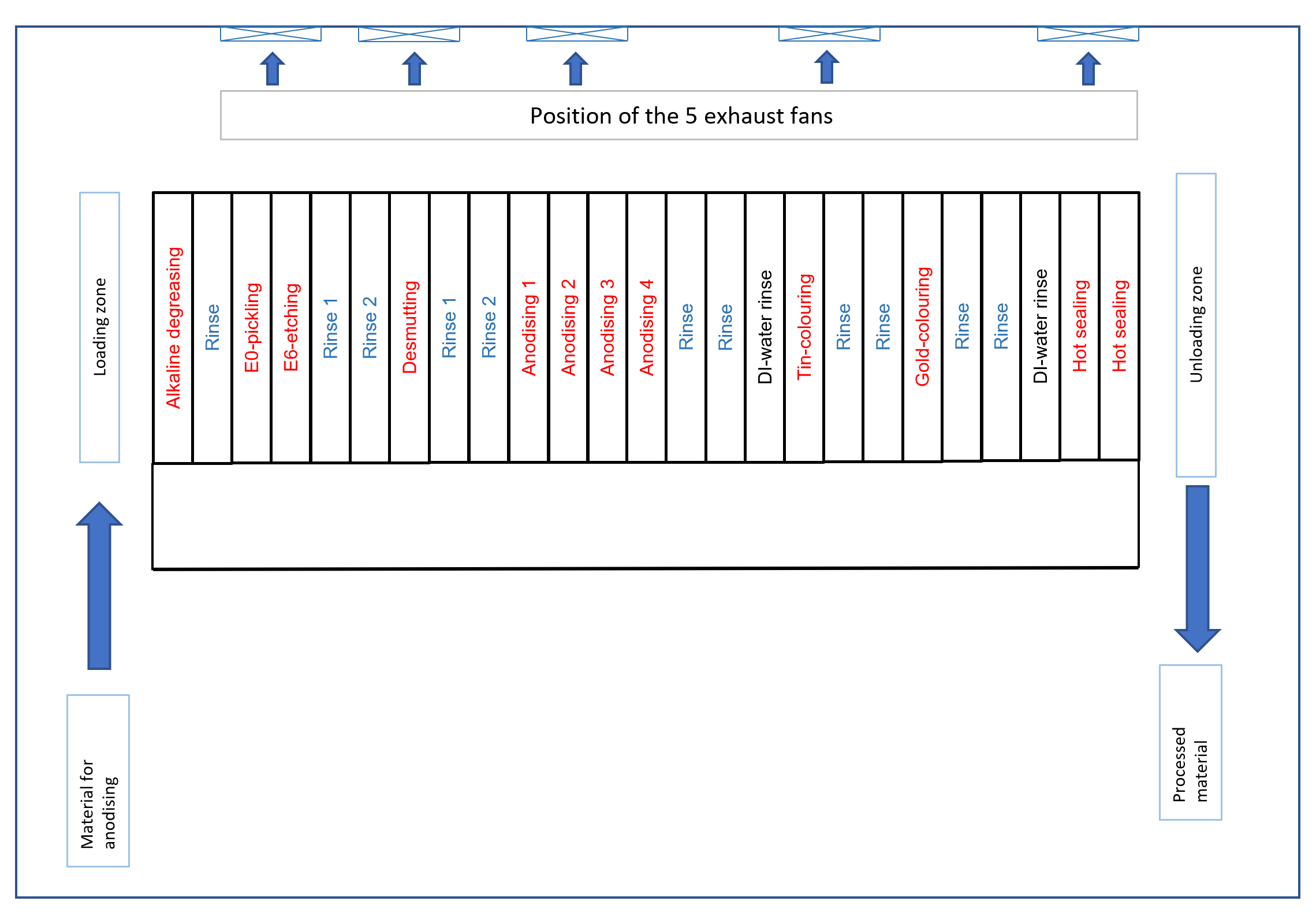Small, white and unwipeable spots, visible on anodised and electrolytically coloured goods (e.g. C35 - Black), attract the observer's attention immediately and result in unsaleable goods and rework. This makes it even more important to quickly localize and eliminate the cause of the problem.


Defect pattern: small, white dots on coloured fabric
What had happend?
In an anodising operation with an electrolytical 2-step colouring, white, dot-shaped spots appeared on anodised bronze-coloured surfaces, which looked like pinholes. While the defect pattern was immediately visible on dark surfaces, they could not be visually detected on the likewise electrolytical gold coloured product.
As a possible source of defects, the area around the electrolytical tin colouring bath was examined more closely. It quickly became apparent that neither raw material, colouring bath settings, mechanical pretreatment, process sequence before colouring, nor electrical parameters, nor contacting during anodising and colouring could be the cause of the problem.
The examination of the process baths for contamination, however, revealed an increased content of chlorides in the anodising baths and the desmutting. In the hope that the source of the defect had now been identified, the baths were renewed without further delay and the goods were coloured again. However, despite the absence of chloride contamination, the defect appeared again on the product.
The cause of the error pattern
During further troubleshooting, the surroundings of the anodising plant were also inspected more closely. Here, the ventilators mounted on the side of the plant on the wall of the building attracted attention, which were intended to remove the gases produced from the production area by suction. A total of 5 fans were used to extract the exhaust air.

Anodising plant with the 5 exhaust fans
The approximate air flow of the system is shown in the following schematic. It is noticeable here that etching mist also reaches the rear part of the system. For goods that are then in this area, there is therefore a risk that small particles from the alkaline etching process will be deposited on the goods. The danger is greater the more etching is carried out and the more etching mist is produced. In the plant, it was observed that the particles were deposited on the material particularly in the area of the colouring baths. Microscopic examination of the defective material showed that in the stain area only the colour had been removed, but no visible etching attack (hole formation) had taken place on the surface. Thus, although the alkalinity of the particles resulted in selective decolorisation on the fabric, an additional etching effect on the base material was prevented due to (presumably) incipient neutralisation reactions between particles and surface.

Exhaust air routing in the plant
The solution: modified exhaust air routing of the environmental air
A simple correction measure in the exhaust air routing solved the problem. For this purpose, the two rear fans (see air flow of the orange arrows) were shut off in the area of the coloring bath and the hot sealing. Due to the now missing suction of the etching particles into this area, the contamination of the colored fabric could be effectively avoided. Subsequently produced goods were again free of defects and the problem was solved. Even though this problem solution was simple and effective, it is not an ideal solution. It is better to remove etching mist directly at the point of origin, for example by means of suitable, local extraction at the bath or by appropriate enclosure and extraction of the goods carrier.
